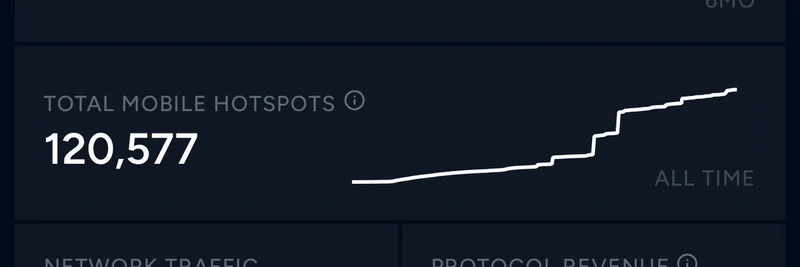Hey there, crypto enthusiasts! If you’ve been keeping an eye on the blockchain world, you’ve probably seen the buzz around a recent post by MartyParty on X. The big news? Treasury Secretary Scott Bessent dropped a hint that stablecoin legislation in the U.S. could be finalized by mid-July 2025. This is a game-changer for the crypto space, and today, we’re diving into what it means—especially with the spotlight on USDC, a leading stablecoin. Let’s break it down!
What’s the Deal with Stablecoin Legislation?
For those new to the term, a stablecoin is a type of cryptocurrency designed to keep its value steady, usually pegged 1:1 to a currency like the U.S. dollar. Think of it as a digital dollar that doesn’t swing wildly with market moods. The proposed legislation aims to set clear rules for these coins, which could boost their adoption by businesses and investors alike. Bessent’s statement suggests the U.S. is moving fast to regulate this growing sector, and that’s got everyone talking.
USDC’s Big Moment
MartyParty’s post highlights that as of June 24, 2025, USDC—issued by Circle—is now natively supported on 23 blockchain networks. That’s a huge leap! These networks include popular ones like Ethereum, Solana, and Polygon PoS, plus newer players like Aptos and ZKsync. This wide support means USDC can be used across different blockchain ecosystems, making it super versatile for transactions, DeFi (decentralized finance), and more.
Why does this matter? More networks mean more opportunities for developers and users. For example, Solana’s lightning-fast transactions paired with USDC could power everything from quick payments to complex financial apps. It’s like giving USDC a turbo boost to reach new corners of the crypto world!
Why Mid-July 2025 Matters
If the legislation wraps up by mid-July, it could align with other big crypto moves this year. For instance, the launch of the first U.S. spot Solana ETF (mentioned in another MartyParty post) on July 2, 2025, is already creating waves. Clear regulations could pave the way for more innovative products like this, blending staking rewards with traditional investing. Plus, with the Senate’s GENIUS Act in play (as noted on Reuters), stablecoins might soon back billions in U.S. Treasury bills, linking crypto even closer to the global economy.
What the Community Is Saying
The X thread shows a mix of excitement and curiosity. Some users, like GalyanMetaX, are jokingly asking if this means “double post legislation,” while others, like M$1GA, see it as a green light for adoption, spotlighting projects like $1DollarSol. There’s also a vibe of cautious optimism—folks like Kristen Long are “holding strong and watching,” which reflects the wait-and-see attitude in the meme token and broader crypto communities.
How This Ties to Meme Tokens
At Meme Insider, we’re all about connecting the dots between blockchain trends and meme tokens. While USDC itself isn’t a meme coin, its expanded reach could indirectly juice up meme token ecosystems. Imagine meme tokens on Solana or Polygon gaining traction with USDC as a stable trading pair—more stability could mean more fun and profit for traders! Keep an eye on how this legislation might inspire new meme coin projects or boost existing ones.
The Bigger Picture
This legislation isn’t just about USDC or stablecoins—it’s a step toward mainstream crypto acceptance. With Treasury Secretary Bessent potentially eyeing a Federal Reserve chair role (as MartyParty noted), his influence could shape monetary policy for years. Plus, the accusations against Fed Chair Jerome Powell add a spicy twist—could this push for regulation be part of a bigger power shift?
What’s Next?
As we head toward mid-July 2025, stay tuned to Meme Insider for the latest updates. Whether you’re a blockchain newbie or a seasoned practitioner, understanding these developments can help you navigate the evolving crypto landscape. Got thoughts on how this might affect your favorite meme tokens? Drop them in the comments—we’d love to hear from you!



